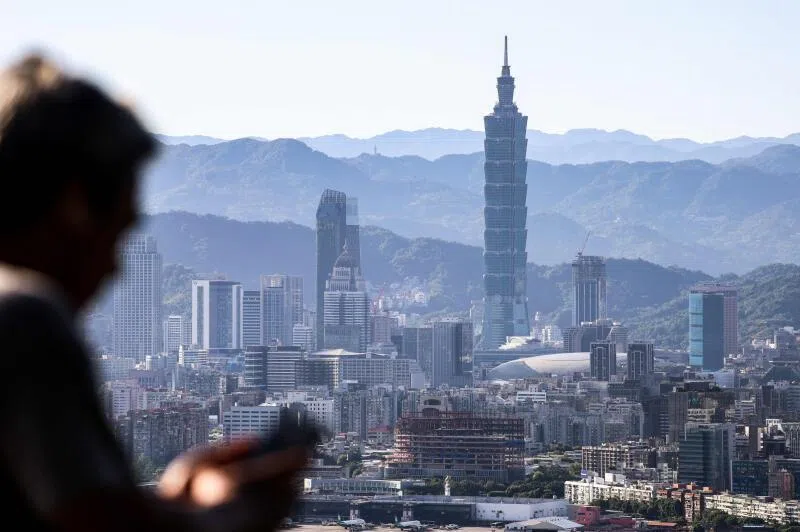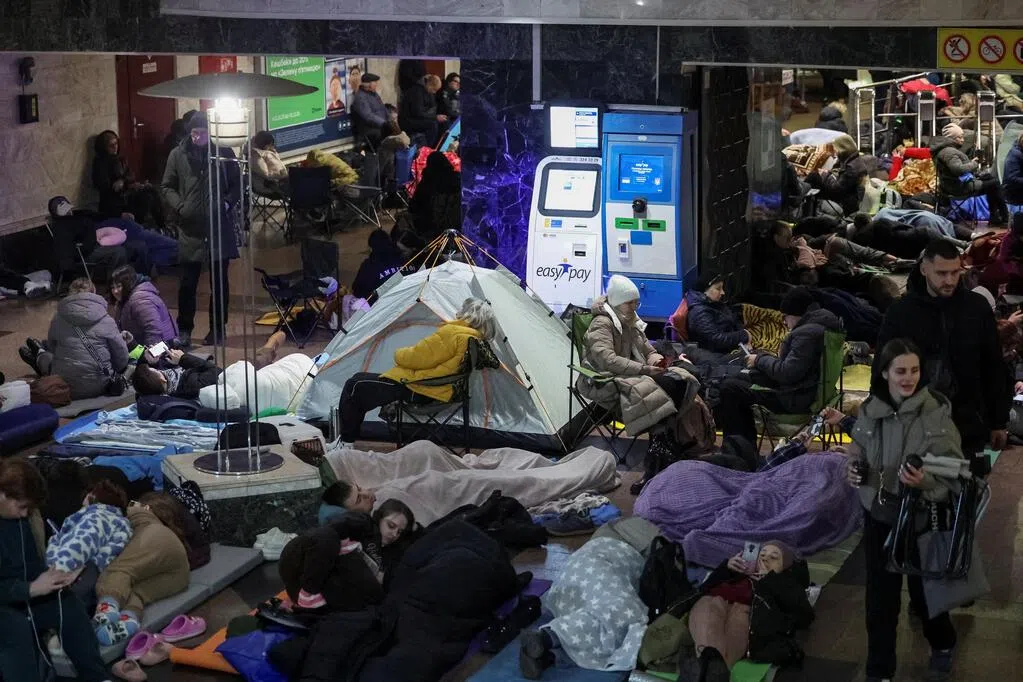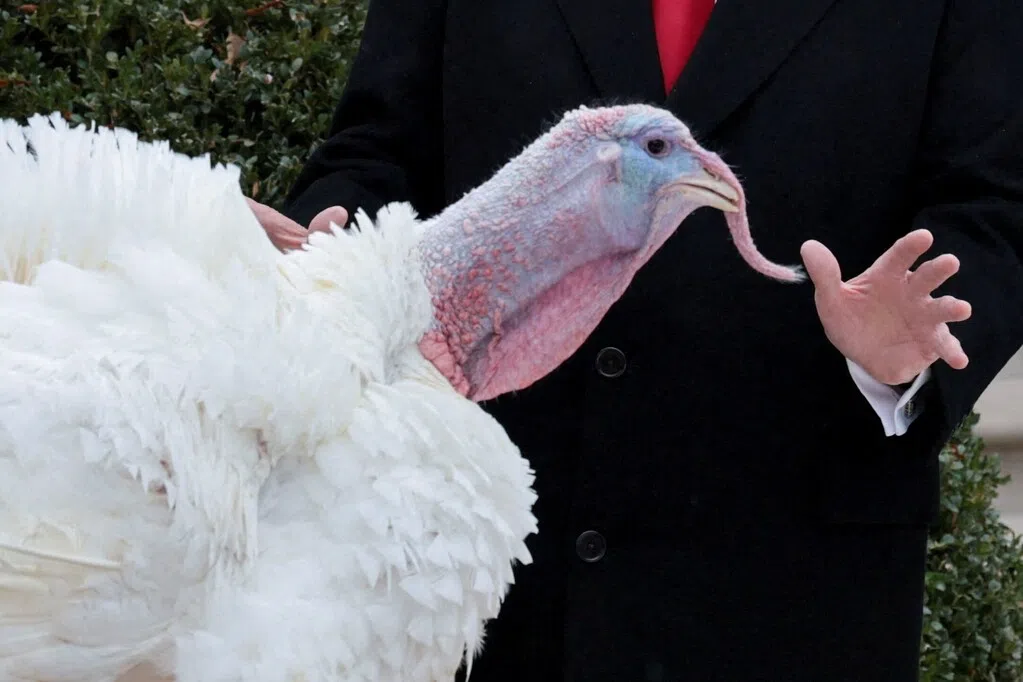(Washington, D.C.) The United States has honored its commitments under the U.S.-China trade agreement, reducing tariffs on Chinese imports due to the fentanyl issue to 10% and extending the freeze on retaliatory tariffs on some Chinese goods.
According to an executive order signed by U.S. President Trump on Tuesday (November 4), starting next Monday (November 10), the fentanyl-related tariffs on Chinese goods will be halved from 20% to 10%; the truce agreement that previously reduced retaliatory tariffs on Chinese goods from 34% to 10% has also been extended for another year.
In the executive order, Trump stated, “China has committed to taking significant measures to prevent the flow of fentanyl into the United States, including halting shipments of certain chemicals to North America and strictly controlling exports of certain other chemicals to the rest of the world.”
Trump said the State Department and the Department of Homeland Security will continue to monitor China’s implementation of the agreement. “If China fails to fulfill the commitments outlined in Section 1 of this order, I may amend this order as needed.”
Previously, Trump imposed tariffs on China over the fentanyl issue to pressure Beijing to intensify its efforts to combat the trafficking of this deadly drug and its precursor chemicals. However, after meeting with Chinese President Xi Jinping in South Korea last Thursday (October 30), Trump agreed to lower tariffs, citing progress made by China in this area.
Further Reading
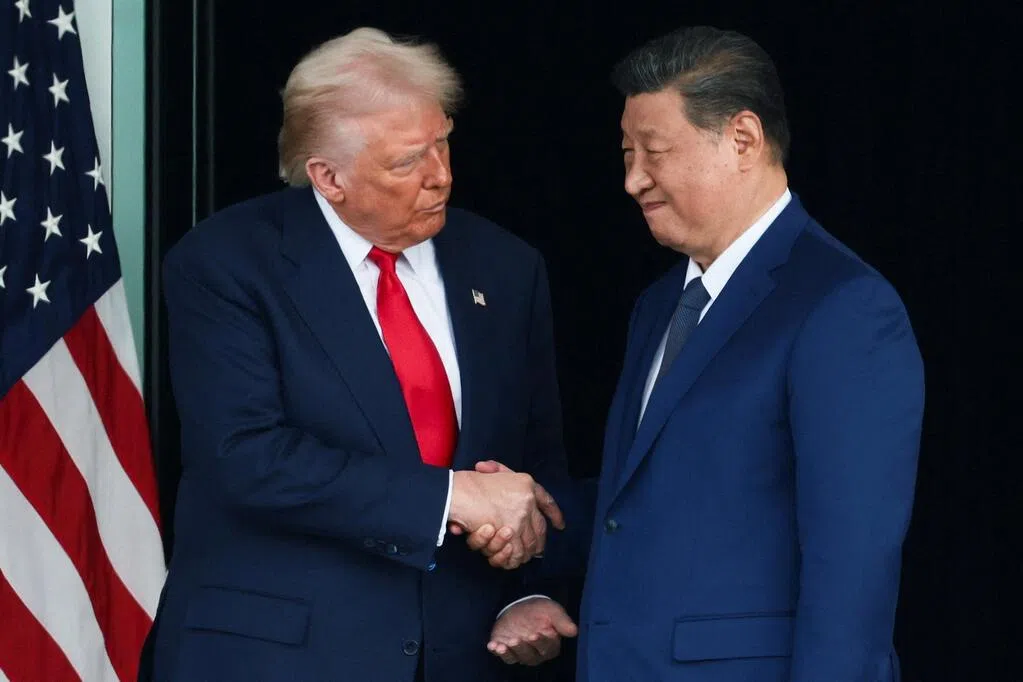
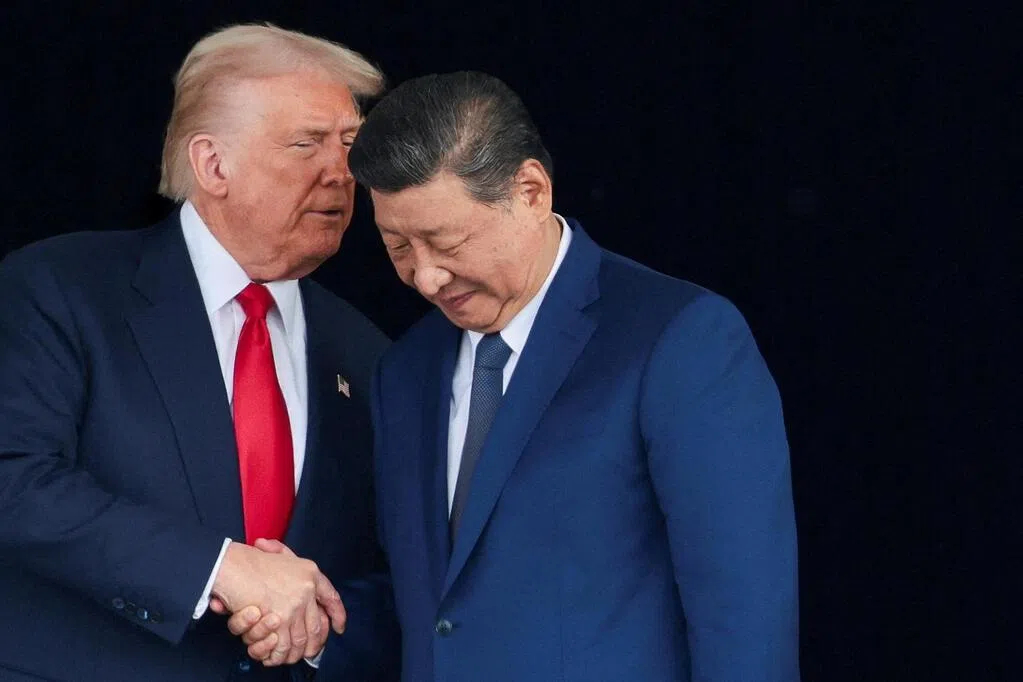
Lowering tariffs on fentanyl was part of a broad agreement reached at the Xi-Trump summit.
According to statements released by both sides after the meeting, the US agreed to reduce or suspend additional tariffs on Chinese goods, while China temporarily suspended rare earth export controls and purchased US soybeans.
This year-long agreement stabilized tensions between Washington and Beijing, after both sides escalated threats to gain leverage before the summit. However, because it is not a permanent agreement, it means that negotiations may resume after a year, and disagreements could arise at the implementation level even earlier.
Furthermore, the overall tariff situation remains unclear. Some goods are excluded from the benchmark tariff, while others face existing tariffs.
However, the agreement alleviates China's relative disadvantage compared to some competitors. Trump's tariffs on China are now almost the same as those imposed on several Southeast Asian countries.
For US importers, the reduced tariffs on Chinese goods are undoubtedly good news, as these importers not only bear the costs of tariffs but also are unable to plan for long-term business due to this expedient policy.
Following the Xi-Trump meeting, Trump said he expects to visit China in the first half of next year and then host Xi Jinping on his visit to the United States. These meetings will be key indicators of the success or failure of the US-China trade agreement.


